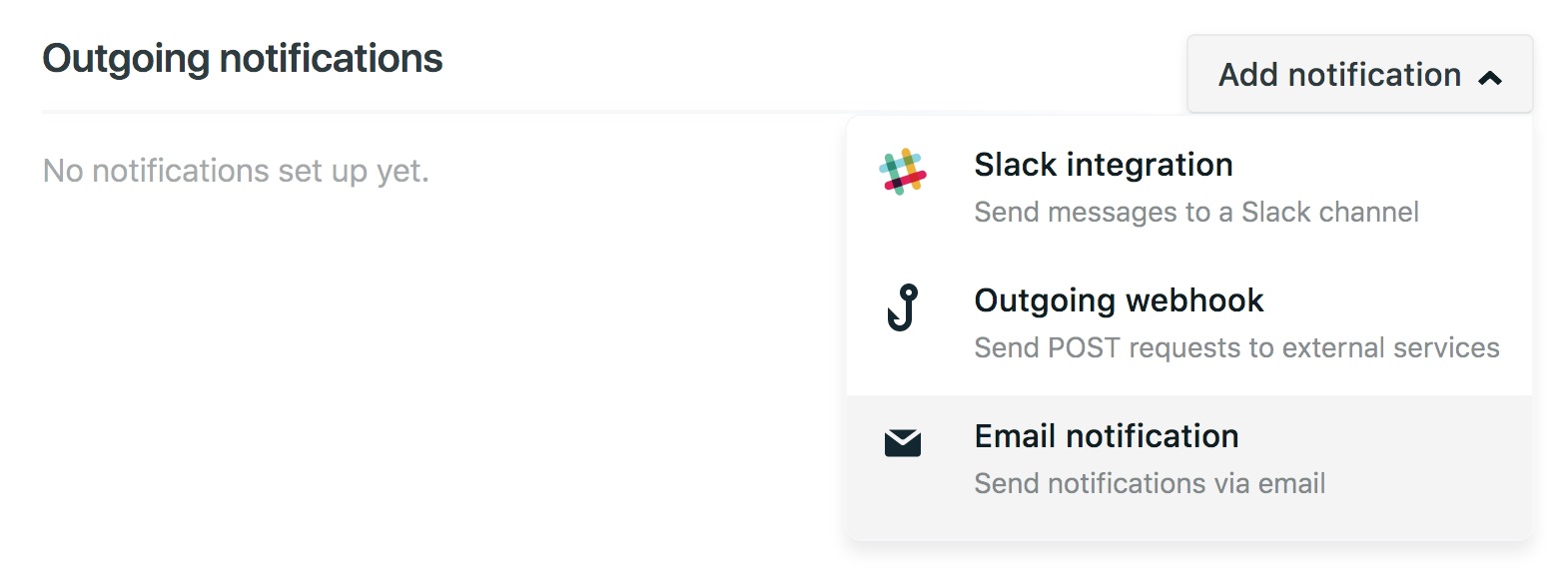Personal website using Gatsby, Contentful and Netlify. Moving away from v3, towards v4 using Remix
Spend time customzing README to adhere to personal set up. Add items below:
Create .env.development and .env.production files in the root of the project with a CONTENTFUL_SPACE_ID variable and CONTENTFUL_ACCESS_TOKEN variable with their associated values that can be found in Contentful. .env.development will need an additional variable of CONTENTFUL_HOST with a value of preview.contentful.com.
- Contentful integration with ready to go placeholder content
- Netlify integration including a pre-built contact form
- Minimal responsive design - made to customize or tear apart
- Pagination logic
- Styled components
- SEO Friendly Component
- JSON-LD Schema
- OpenGraph sharing support
- Sitemap Generation
- Google Analytics
- Progressive Web app
- Offline Support
- RSS Feed
- Gatsby Standard module for linting Javascript with StandardJS
- Stylelint support for Styled Components to lint the CSS in JS
git clone https://github.com/ryanwiemer/gatsby-starter-gcn.git
npm i
Or via the Gatsby CLI
gatsby new gatsby-starter-gcn https://github.com/ryanwiemer/gatsby-starter-gcn.git
-
Sign up for Contentful and create a new empty space
-
npm run setup -
Enter in the requested info for your Contentful space found here: app.contentful.com → Space Settings → API keys. You will need to provide both a standard API key (first tab) and a management key (second tab).
module.exports = {
siteTitle: 'GCN',
siteTitleAlt: 'GCN Gatsby Starter',
publisher: 'Publisher named GCN',
siteDescription:
'A starter template to build amazing static websites with Gatsby, Contentful and Netlify',
siteUrl: 'https://gcn.netlify.com',
postsPerHomePage: 7,
postsPerPage: 6,
author: 'GCN User',
authorUrl: 'https://gcn.netlify.com/about/',
userTwitter: '@twitter',
shortTitle: 'GCN App',
shareImage: '/logos/share.jpg',
shareImageWidth: 900,
shareImageHeight: 600,
siteLogo: '/logos/logo-512.png',
backgroundColor: '#e9e9e9',
themeColor: '#121212',
copyright: 'Copyright © 2018 GCN User',
}Note: If you do not see your changes reflected when developing locally you may need to run npm run clean and restart the development server.
Edit /src/styles/theme.js
const theme = {
colors: {
base: '#121212',
secondary: '#e9e9e9',
tertiary: '#f3f3f3',
highlight: '#5b8bf7',
},
sizes: {
maxWidth: '1200px',
maxWidthCentered: '650px',
},
responsive: {
small: '35em',
medium: '50em',
large: '70em',
},
}- Quickly check your code for errors with the
npm testscript - You can view the Gatsby Standard README for details on how to integrate this project's included Gatsby Standard, Stylelint, and Prettier modules into your text editor
- You can replace the
share.jpgandlogo-512files in thestatic/logosdirectory. After replacing these files ensure that you edit the image size dimensions specified in/src/utils/siteConfig.js - Meta descriptions are defined in Contentful. If you choose to leave this field blank on new posts a 320 character excerpt of the post/page will be used.
- IMPORTANT: Be sure to manually enter at least one meta description on a page and post in Contentful or the site will fail to build.
-
Run
gatsby build -
Drag and drop the folder
/public/into Netlify
-
Connect with GitHub and select your repo
-
Navigate to Netlify: Settings → Build & Deploy → Build Environment Variables. Add the following environment variables using the Space ID and Content Delivery API - access token from Contentful. Additionally if desired you can enter a Google Analytics ID. The variables must be named exactly like this in order to work properly.
ACCESS_TOKEN
SPACE_ID
GOOGLE_ANALYTICS
- Navigate to Netlify: Deploys. Click
Trigger deployto manually trigger a deploy to confirm the website is building successfully using your build environment variables. At this point be aware that every time you push tomastera deploy will automatically start and be published to production.
-
Navigate to Netlify: Settings → Build & Deploy → Build hooks. Create a new build hook.
-
Navigate to Contentful: app.contentful.com → Space Settings → Webhooks. Create a webhook using the Netlify build URL that you just created and configure which events should trigger the build on production. For example the following will rebuild the production website every time a post or page is published, unpublished or deleted:
-
Navigate to Netlify: Forms → Notifications
-
Click the add notification dropdown and select your desired notification method.
- If you make edits to your Contentful space while running
gatsby developyou will need to stop it and rerun the command to see the changes reflected. For example a new post or page will not automatically show up until the website has been rebuilt. - The template assumes you have at least one page, one post and one tag in Contentful. If you do not the website will fail to build.
- The SEO component assumes you have entered at least one meta description in Contentful for a post and one for a page. If you do not the website will fail to build. See the Content and SEO section above.
- DO NOT store your Contentful access tokens or space ids anywhere in GitHub. Treat them like passwords.
- Yarn Users: remove the
yarn*line from the.gitignorefile to avoid discrepancies in the Netlify deploy.



